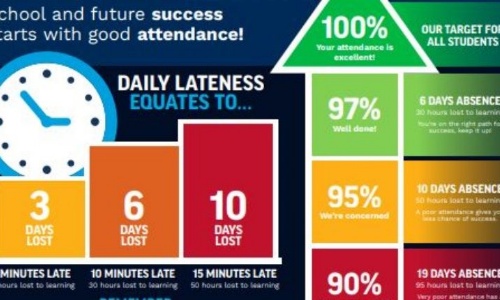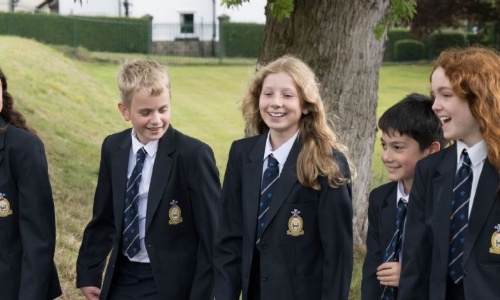Attendance - the post-pandemic landscape
Published 07/02/24
Navigating the Post-Pandemic Educational Landscape: National Concerns Surrounding School Attendance and Absence Rates
The aftermath of the global pandemic has left an indelible mark on various aspects of society, and the education sector


